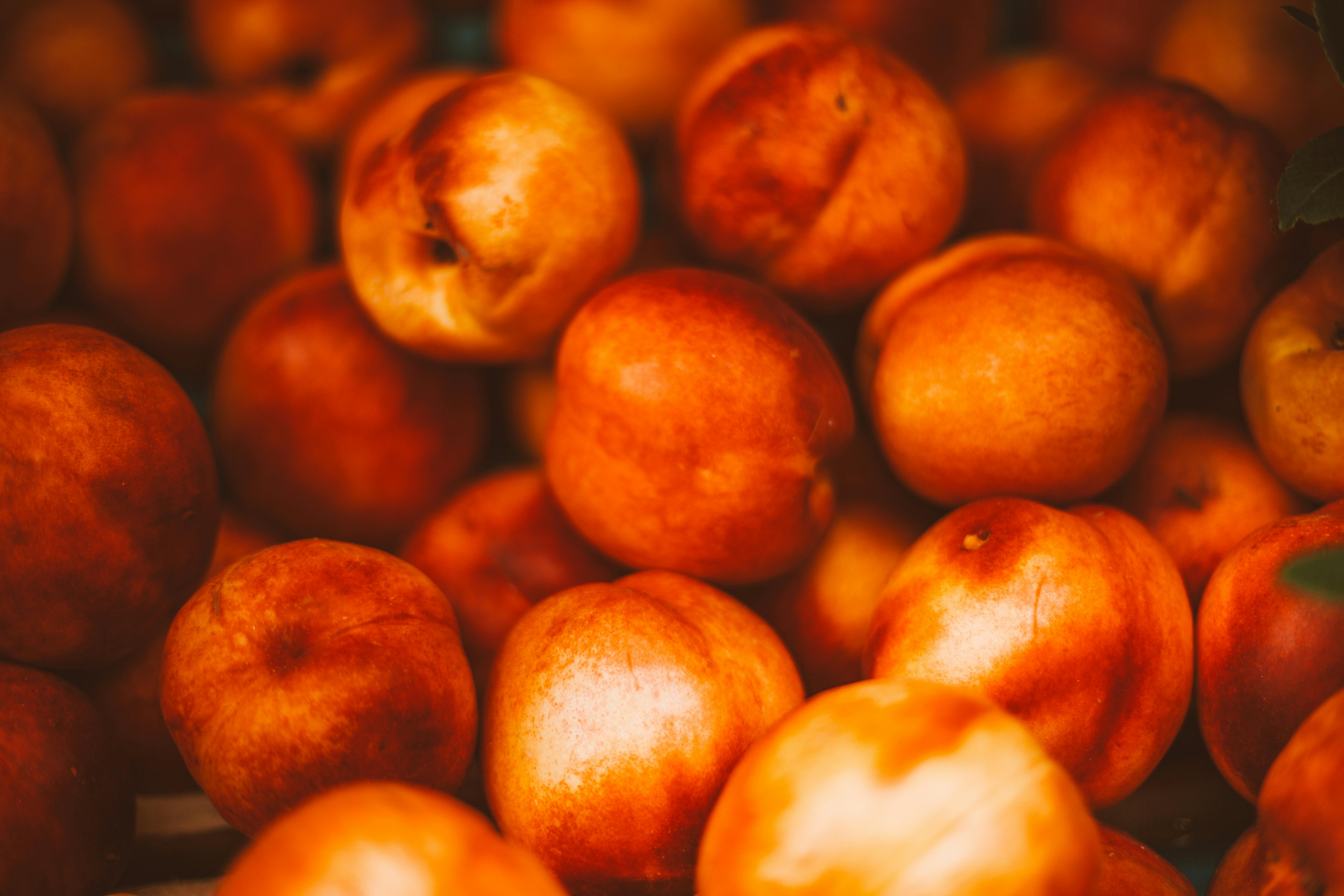Millets are small-seeded grasses that are widely grown as cereal crops or as animal fodder. Because millets have a short growing season, they can withstand hot, dry conditions and still perform well. They are grown mainly in semi-arid areas of Asia and Africa.
Millet is one of the main ingredients of birdseed; This wonderful grain is technically a seed and not a grain, but it is commonly pounded in the grain section. It is a delicious grain whose consistency varies depending on the cooking method; it can be creamy like mashed potatoes or fluffy like rice. Since millet is gluten-free, it is a wonderful grain alternative for people who are sensitive to gluten.
Millets are small in size and round in shape and can range in color from white to gray to yellow to red. Millet, in general, refers to a variety of grains, the most widely available form of millet found in stores is Sorghum -Jowar, Finger Millet – Ragi or Pearl Millet – Bajra and of course Couscous which is made from broken millet. Foxtail Millet is the second most cultivated millet, also known as Korralu in Andhra Pradesh, “Thinai” in Tamil Nadu, “Navane” in Karnataka and “Rala” in Maharashtra.
Foxtail millet is available as a grain, grits or flour. Foxtail millet is rich in smart carbohydrates and does not spike blood sugar levels immediately after eating due to its rich dietary fiber.
Health benefits of millet grain
Millet is not only the new weight loss craze, but it has a wide range of health benefits that need to be taken advantage of in today’s world. Packed with nutrients, vitamins, minerals, and organic compounds, millet can significantly improve human health in several ways.
- Millet against type 2 diabetes
Millet is a rich source of magnesium, an extremely important mineral for the digestion of starch. Research finds that consuming magnesium-rich whole grains may help reduce the risk of type 2 diabetes. So having an energized morning with a bowl of millet cooked in milk is starting your day with the right nutrition.
- Millet against heart disease
The high levels of fiber in millet are ideal for lowering cholesterol. It removes dangerous “bad cholesterol” (LDL) from the system while promoting the effects of “good cholesterol (HDL). Being a rich source of magnesium and potassium, it lowers blood pressure and acts as a vasodilator. Lowering blood pressure and increasing your circulation is one of the best ways to protect your cardiovascular health.
- Millet for digestive health and detoxification
The fiber rich in millet moves throughout the gastrointestinal system to eliminate problems such as constipation, flatulence, bloating and cramps. This improves nutritional retention and reduces the chances of gastric ulcers. Proper digestion and waste removal help improve the health of your kidneys, liver, and immune system.
The antioxidants found in millet neutralize free radicals and the beneficial catechins present can help remove toxins from the system by promoting proper excretion and neutralizing enzyme activity in the organs.
- Millet in cancer prevention
- Recent research has revealed that fiber is one of the best and easiest ways to prevent the onset of breast cancer. Also, one of the phytonutrients widely present in millet is lignans. Upon fermentation in the intestines by bacteria, they produce ‘enterolactone’, a product known to protect against some forms of breast cancer.
- Millet in the prevention of asthma
Research has shown that millet can greatly improve the quality of life for those suffering from childhood asthma and can also prevent its development. It has been shown to reduce wheezing and asthma attacks in children who ate large amounts of millet.
How to select the right millet
When buying millet in bulk or in a packed container, make sure it is fresh and no moisture is present. Always choose organic millet, free from chemical fertilizers and artificial sprays.
How to enjoy your meals with millet
- Millet can be cooked as a breakfast porridge to which nuts and fruit can be added to make it more nutritious.
- Millet flour can be added proportionally in bread and muffin recipes.
- Cooked millet grains added to a chicken and vegetable stir-fry salad make for a hearty and nutritionally complete meal.




